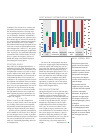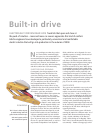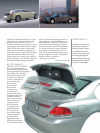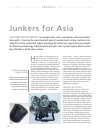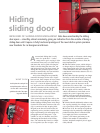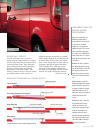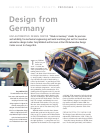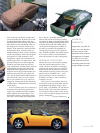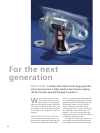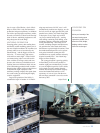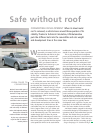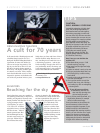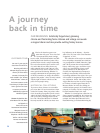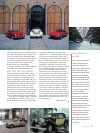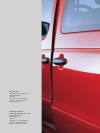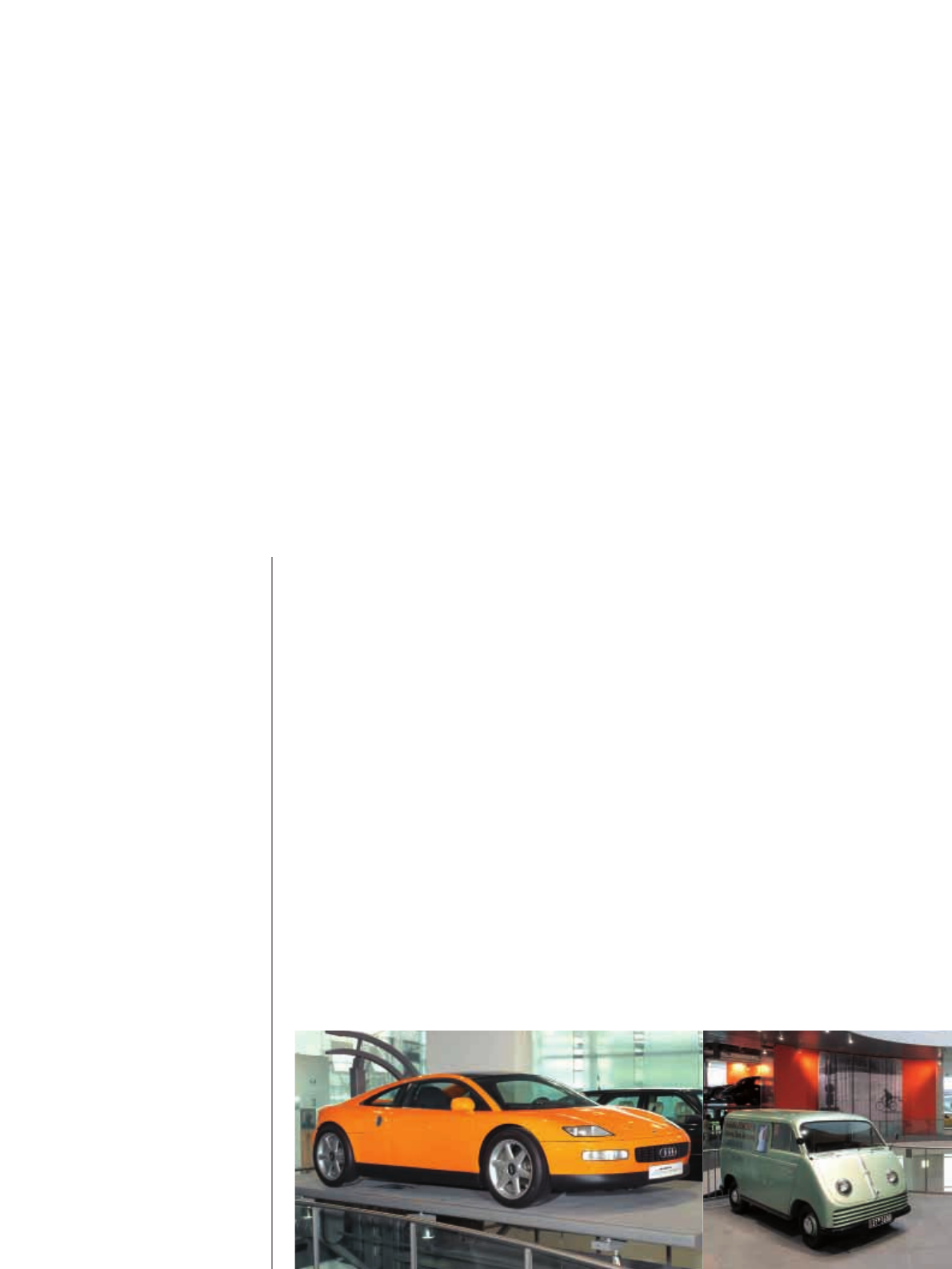
26
ffection for them has grown over
more than 100 years. Ever since Carl
Benz patented his motor carriage
back in 1886, and Gottlieb Daimler and Wil-
helm Maybach took their first jaunts with a
gasoline-driven coach, a unique relationship
has evolved between the driver and his vehi-
cle, and in that the car differs from every
other technical object. And if the car is the
German’s first love, classic models are even
more special and fascinating. Whether it’s
nostalgia, admiration for the pioneering spirit
of the first carmakers, or simply the aesthetic
appeal of the product – there are many reasons
why the sight of historic vehicles sets the
pulse of most people racing.
HISTORICAL COLLECTIONS
To preserve these witnesses to our mobile
past, more than 150 car museums have been
created in Germany. Many are private collec-
tions, devotedly put together by their owners.
Almost all these collections are worth a visit,
and it’s not always the biggest that are the
best. The “Deutsches Museum” in Munich
has only around 50 vehicles, but these were
OLDTIMER-TOUR
Just over 15 years ago, the
Association of German Car,
Motoring and Technical
Museums began to draw up a
directory of all the vehicle
museums in Germany.This
work resulted in the “German
Museum Route” scheme; all
the known museums can be
found along it.The plan shows
how to get from one classic
car museum to the next –
subdivided by region and
individual segment.
Contact: Verband der deut-
schen Museen für Auto, Motor
und Technik e.V.
branch office at the
Automuseum Rosso Bianco:
Obernauer Strasse 125
63743 Aschaffenburg, Germany
Telephone: +49. 6021.21358
Telefax: +49. 6021.20636
Internet: www.deutsche-
museumsstrasse.de
key influences on the industry – from the
Adler Vis-à-Vis from 1901 to the Wanderer
“Puppchen” of 1913.
The collections of the major car manufac-
turers are perhaps somewhat one-sided, but
very comprehensive. BMW, Mercedes, Opel
and VW all present their own automobile
history without any gaps. Audi aims to pro-
vide a very special history lesson: on the
former premises of the Horch plant in
Zwickau, the Ingolstadt-based company is
building a museum that will document the
car-making tradition of the region. Next year
will see both its inauguration and an anniver-
sary celebration. On the 10th of May 1904,
August Horch moved the site of his company
to Zwickau to found August Horch & Cie
Motoren-Werke. In 1909, after falling out
with his business partners, he founded a new
company in Zwickau. The new company bore
his name translated into Latin: Audi.
Whether it’s a small private collection or a
factory-organized exhibition, the German car
museums have something for every taste. For
example, the Motor Sport Museum at the
Hockenheimring (www.hockenheimring.de)
A journey
back in time
CAR MUSEUMS Artistically forged steel, gleaming
chrome and fascinating forms. Veteran and vintage cars exude
a magical charm and also provide exciting history lessons.
A



